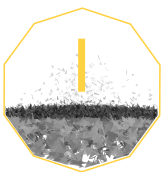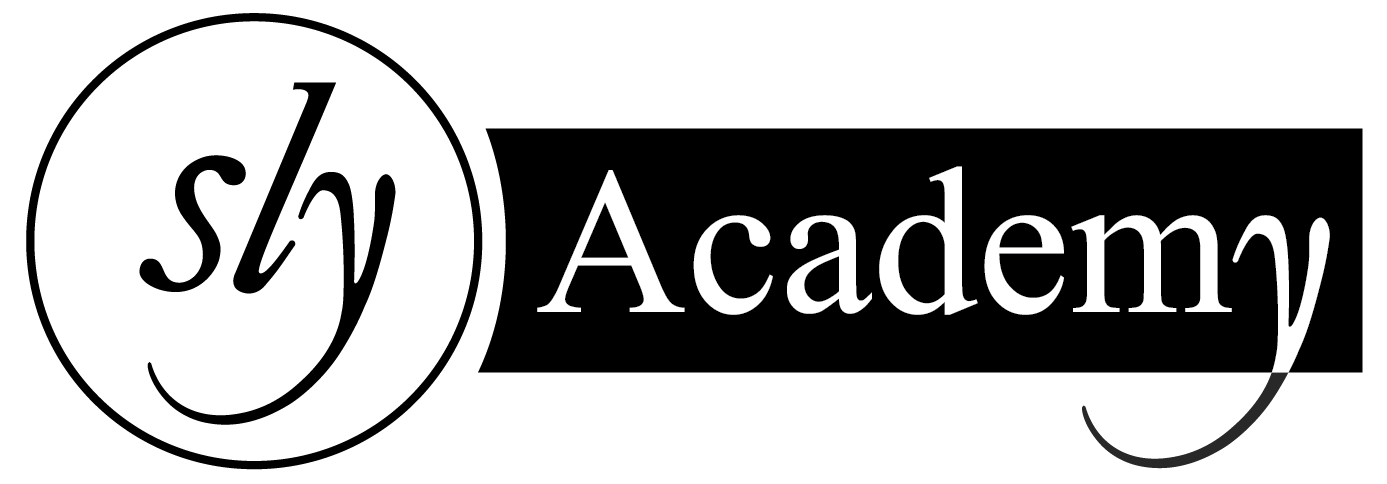Iodine Everything you should know for free (1)
Table of Contents
ToggleIodine

Iodine (I)
General Information
- Symbol: I
- Atomic Number: 53
- Atomic Weight: 126.90447 u
- Element Category: Halogen
- Group: 17
- Period: 5
- Block: p-block
Physical Properties
- Appearance: Shiny, dark-gray/purple-black solid
- Density: 4.933 g/cm³
- Melting Point: 113.7 °C (236.7 °F)
- Boiling Point: 184.3 °C (363.7 °F)
- Phase at STP: Solid
- Electron Configuration: [Kr] 4d¹⁰ 5s² 5p⁵
- Oxidation States: +7, +5, +1, -1 (most common)
Chemical Properties
- Reactivity: Less reactive than other halogens; reacts with metals to form iodides, and with non-metals such as phosphorus.
- Compounds: Forms compounds such as hydrogen iodide (HI), iodine monochloride (ICl), and potassium iodide (KI).
Uses and Applications
- Medicine: Used as an antiseptic (iodine tincture) and in iodine tablets for water purification. Also used in radiographic contrast media and thyroid treatments.
- Nutrition: Essential nutrient for thyroid function; added to table salt (iodized salt) to prevent iodine deficiency.
- Photography: Historically used in silver iodide for film photography.
- Chemical Reactions: Used in various chemical syntheses and as a catalyst.
- Dyes and Pigments: Used in the production of certain dyes and pigments.
Occurrence and Extraction
- Natural Occurrence: Found in trace amounts in seawater, certain minerals such as caliche, and seaweed.
- Extraction: Commercially extracted from brines, particularly in Chile and Japan, and from seaweed in smaller quantities.
Isotopes
- Stable Isotope: Iodine-127
- Radioactive Isotopes: Iodine-131 (used in medical treatments and diagnostics), Iodine-123 (used in imaging and diagnostics)
Safety and Handling
- Hazards: Toxic if ingested in large amounts; can cause skin irritation and burns. Iodine vapors are harmful if inhaled.
- Precautions: Handle with care, using appropriate protective equipment to avoid exposure.
History
- Discovery: Discovered by Bernard Courtois in 1811.
- Name Origin: Derived from the Greek word “iodes,” meaning violet, due to the color of iodine vapor.
Additional Facts
- Crystal Structure: Orthorhombic
- Magnetic Properties: Diamagnetic
- Thermal Conductivity: Low, about 0.449 W/m·K
- Electrical Resistivity: High, about 1.3×10⁷ Ω·m at room temperature
Summary
Iodine is a halogen known for its essential role in medicine, nutrition, and various industrial applications. It is less reactive than other halogens and forms compounds used in medical treatments, photography, and chemical synthesis. Found in seawater and minerals, iodine is commercially extracted from brines and seaweed. Despite its benefits, iodine is toxic in large amounts and must be handled with care.
40 Question and Answer Pairs About Iodine
What is the atomic number of Iodine?
- 53
What is the symbol for Iodine?
- I
What is the atomic weight of Iodine?
- 126.90447 u
In which group of the periodic table is Iodine found?
- Group 17
What period is Iodine in?
- Period 5
What block does Iodine belong to?
- p-block
What is the melting point of Iodine?
- 113.7 °C (236.7 °F)
What is the boiling point of Iodine?
- 184.3 °C (363.7 °F)
What is the density of Iodine?
- 4.933 g/cm³
What is the electron configuration of Iodine?
- [Kr] 4d¹⁰ 5s² 5p⁵
What are the common oxidation states of Iodine?
- +7, +5, +1, -1
What is the appearance of Iodine?
- Shiny, dark-gray/purple-black solid
Is Iodine reactive with air?
- Less reactive than other halogens
Name a compound of Iodine.
- Hydrogen iodide (HI)
What is a common use of Iodine in medicine?
- As an antiseptic (iodine tincture)
How is Iodine used in nutrition?
- Added to table salt (iodized salt) to prevent iodine deficiency
What role did Iodine play in photography?
- Used in silver iodide for film photography
How is Iodine used in chemical reactions?
- As a catalyst in various chemical syntheses
What application does Iodine have in dyes and pigments?
- Used in the production of certain dyes and pigments
Name a mineral that contains Iodine.
- Caliche
How is Iodine extracted from brines?
- Commercial extraction through chemical processes
What is the most stable isotope of Iodine?
- Iodine-127
Name a radioactive isotope of Iodine used in medical treatments.
- Iodine-131
What safety hazard is associated with Iodine?
- Toxic if ingested in large amounts
How should Iodine be handled?
- With care, using appropriate protective equipment
Who discovered Iodine?
- Bernard Courtois
Where does the name Iodine come from?
- From the Greek word “iodes,” meaning violet
What is the crystal structure of Iodine?
- Orthorhombic
Is Iodine paramagnetic or diamagnetic?
- Diamagnetic
What is the thermal conductivity of Iodine?
- About 0.449 W/m·K
What is the electrical resistivity of Iodine at room temperature?
- About 1.3×10⁷ Ω·m
What is the primary oxidation state of Iodine?
- -1
Is Iodine found as a free element in nature?
- Rarely, it is usually found in compounds
What is the common name of potassium iodide?
- KI
What is a major application of iodine monochloride (ICl)?
- Used in organic synthesis and as a disinfectant
How does Iodine benefit water purification?
- Used in iodine tablets to kill bacteria and viruses
What is the boiling point of Iodine in Kelvin?
- 457.5 K
What group does Iodine belong to in the periodic table?
- Halogens
What is the natural abundance of Iodine-127?
- Nearly 100%
Can Iodine be used in high-temperature applications?
- Yes, in specific chemical reactions and industrial processes
Recent Posts
- “Register as Self Employed” Everything You Need to Know
- “Social Enterprise” Everything You Need to Know
- “Profit First” Everything You Need to Know
- “The Lean Startup” Everything You Need to Know
- “Home Based Business” Everything You Need to Know
- “Business Venture” Everything You Need to Know
- “Business Expenses” Everything You Need to Know
- “Google For Startups” Everything You Need to Know
- “Startup Funding” Everything You Need to Know
- “Single Member LLC” Everything You Need to Know
- “Business Coach” Everything You Need to Know
- “Apple Maps Connect” Everything You Need to Know
- “Business Growth” Everything You Need to Know
- “Company Register” Everything You Need to Know
- “Company Formation” Everything You Need to Know
Choose Topic
- ACT (17)
- AP (20)
- AP Art and Design (5)
- AP Physics 1 (1)
- AQA (5)
- Artificial intelligence (AI) (2)
- Banking and Finance (6)
- Biology (13)
- Business Ideas (68)
- Calculator (72)
- ChatGPT (1)
- Chemistry (3)
- Colleges Rankings (48)
- Computer Science (4)
- Conversion Tools (136)
- Cosmetic Procedures (50)
- Cryptocurrency (49)
- Digital SAT (3)
- Edexcel (4)
- English (1)
- Environmental Science (2)
- Etiology (7)
- Exam Updates (1)
- Finance (124)
- Fitness & Wellness (164)
- Free Learning Resources (210)
- GCSE (1)
- General Guides (40)
- Health (107)
- History and Social Sciences (152)
- IB (1)
- IGCSE (2)
- Image Converters (3)
- IMF (10)
- Math (43)
- Mental Health (58)
- News (11)
- OCR (3)
- Past Papers (463)
- Physics (5)
- SAT (39)
- Schools (3)
- Sciences (1)
- Short Notes (5)
- Study Guides (28)
- Syllabus (19)
- Tools (1)
- Tutoring (1)
- What is? (312)
Recent Comments

Lawrencium Everything you should know for free (1)

Nobelium Everything you should know for free (1)

Mendelevium Everything you should know for free (1)

Fermium Everything you should know for free (1)

Word to JPEG – Convert Word files to JPEG Images Online

WebP to JPEG – Convert WebP to JPEG

HEIC to JPG – Convert HEIC Images to JPEG Format

